Wildland Division
Defensible Space Outreach Survey Link
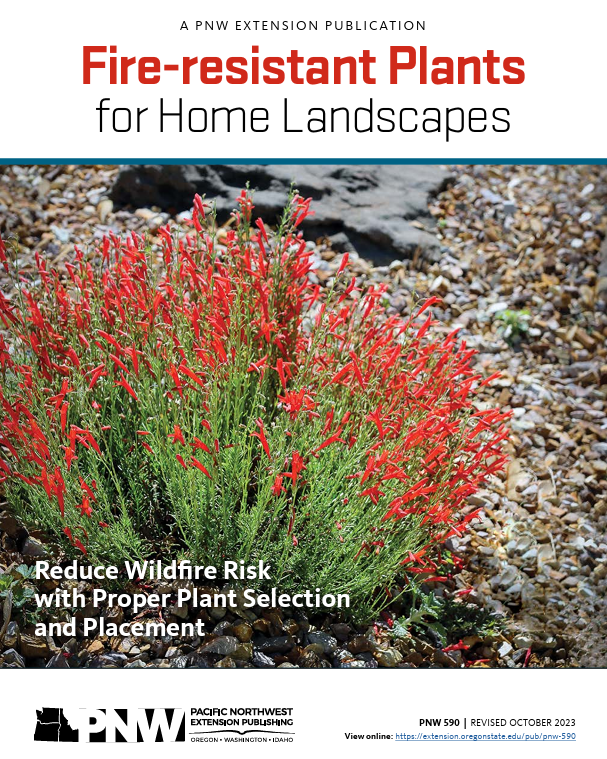
Creating a Defesible Space
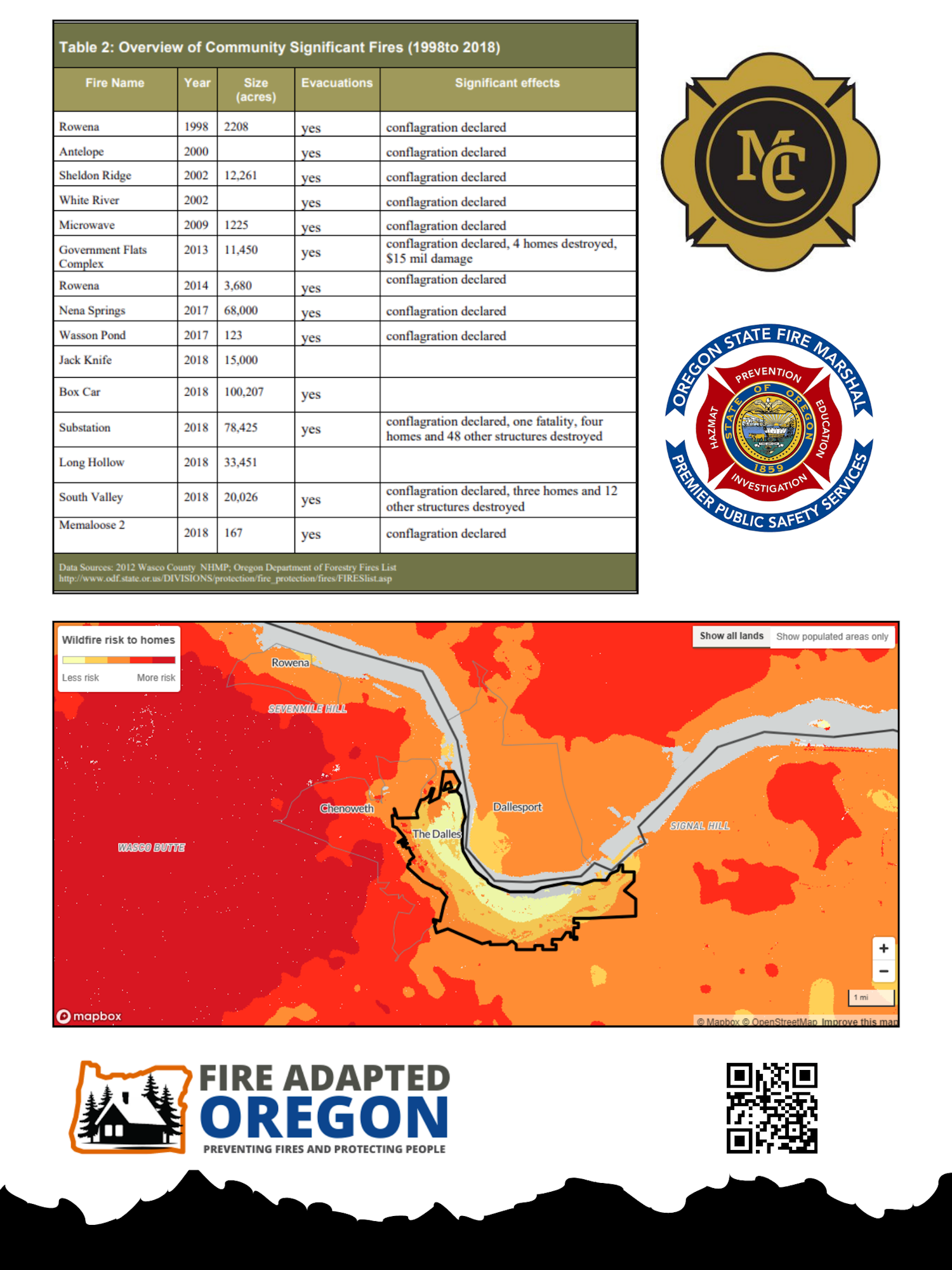
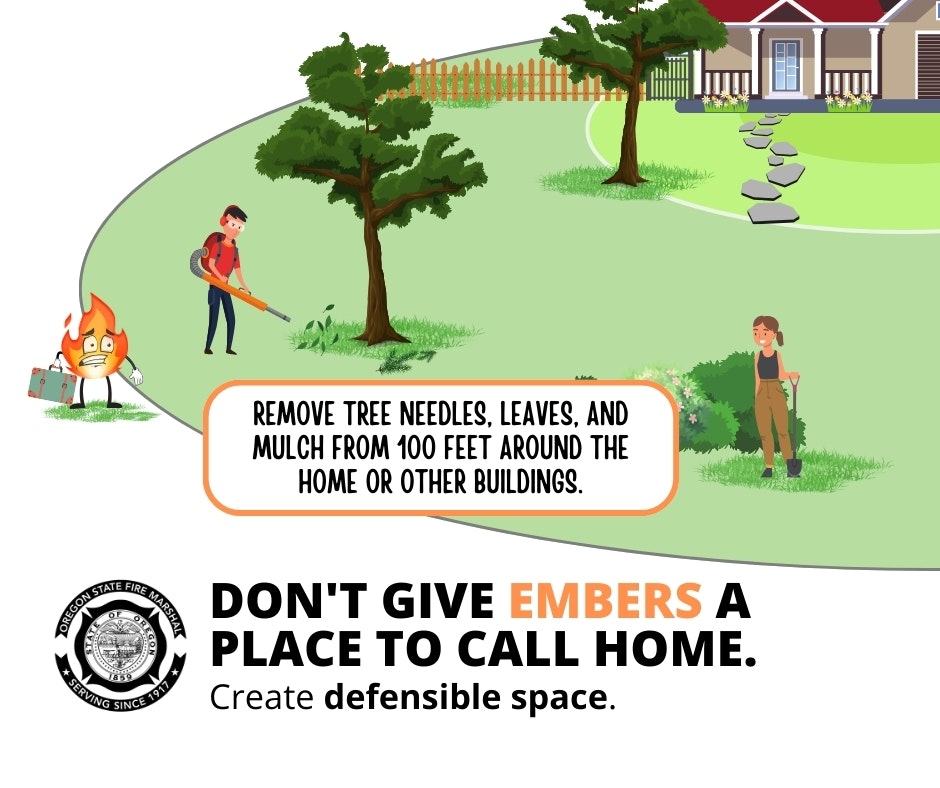
Wildland Fire - Crew 24


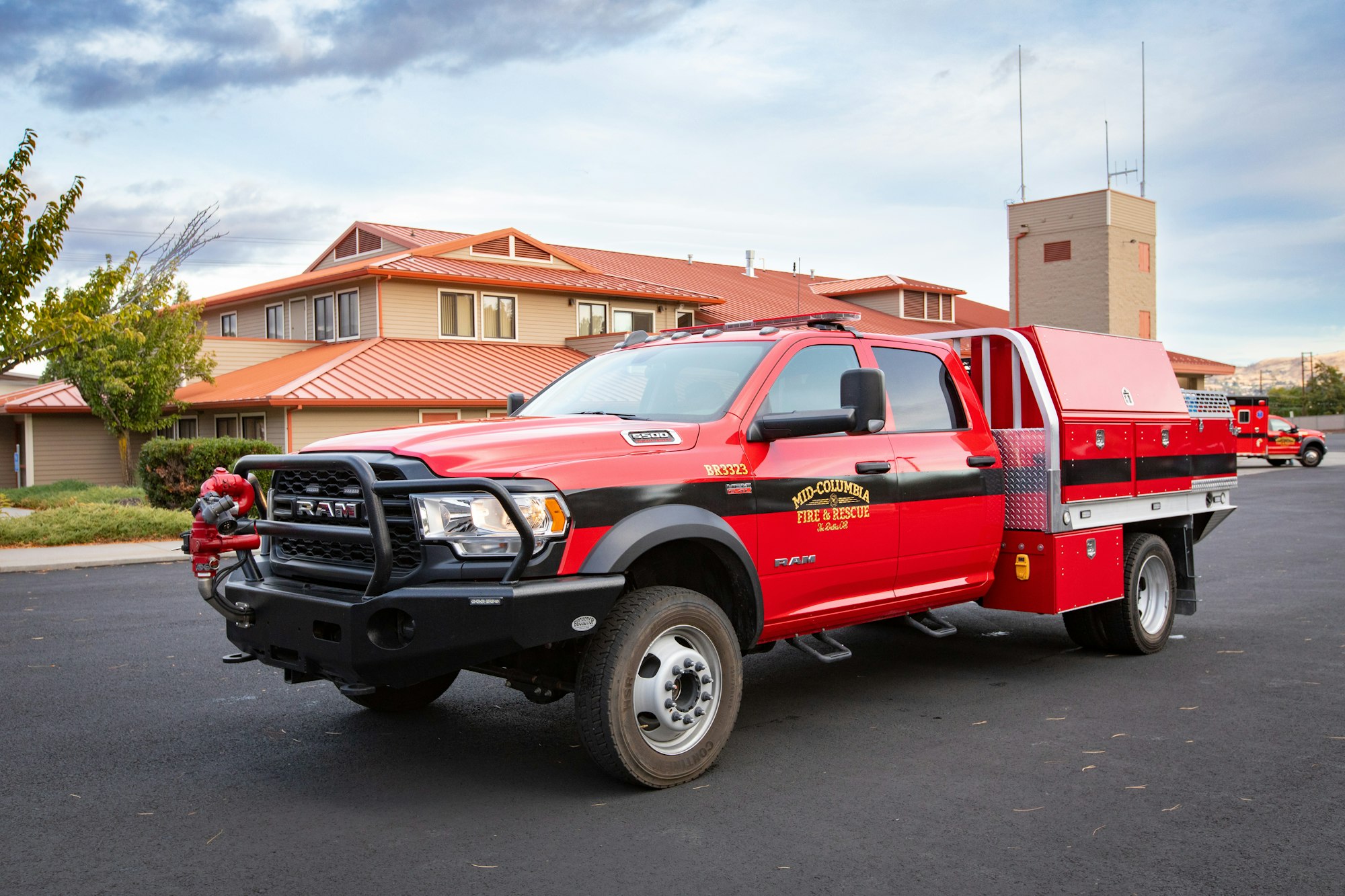






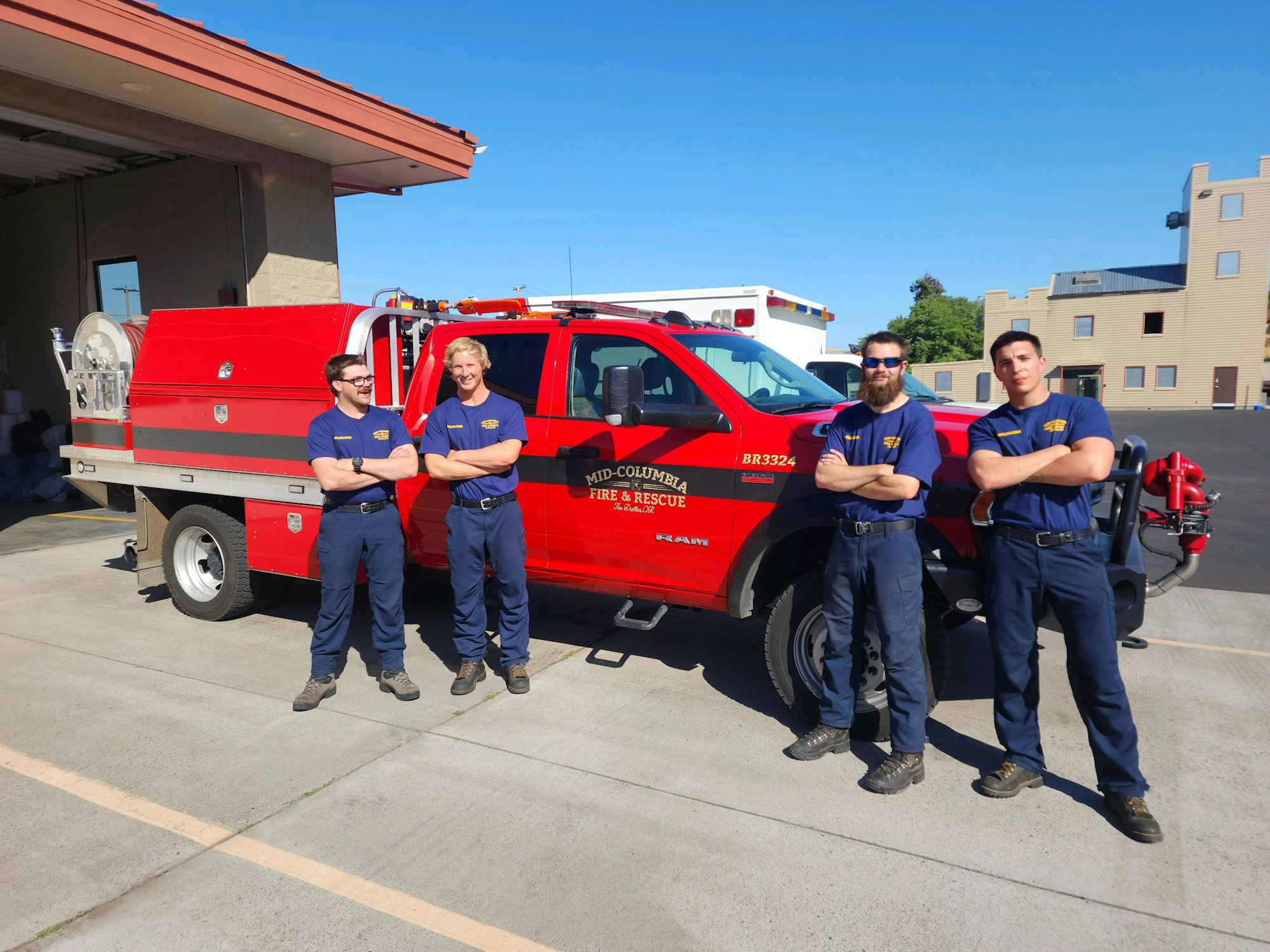







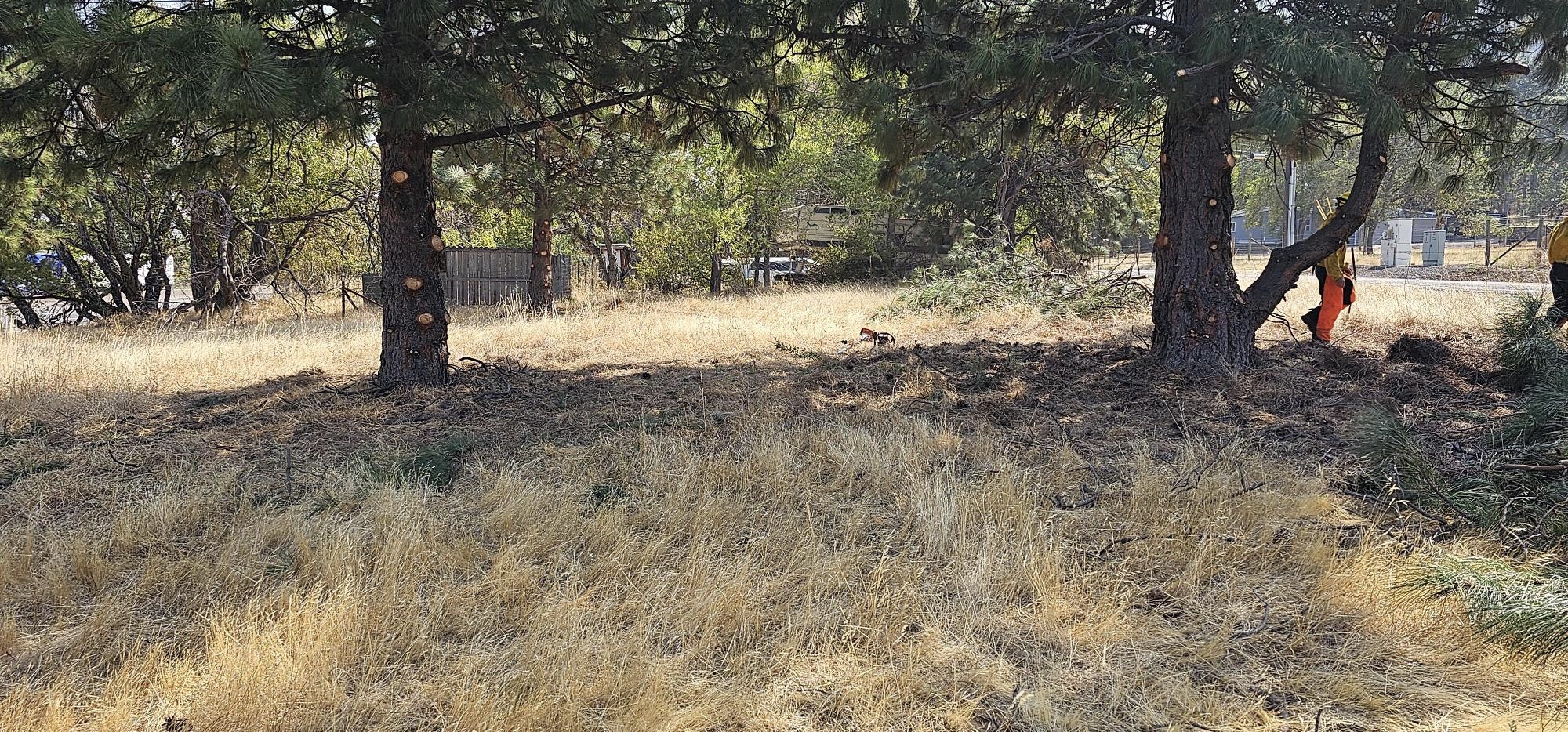
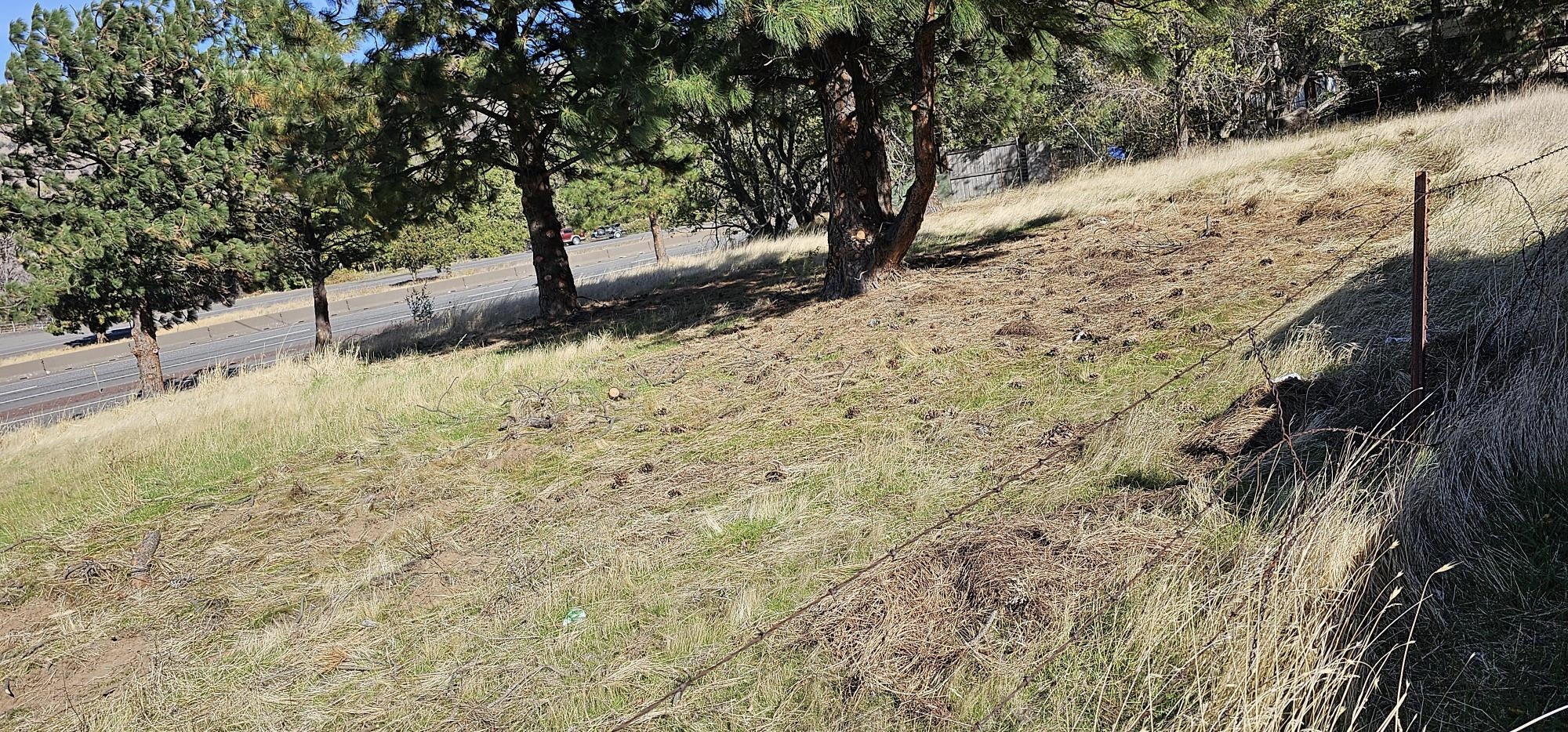



















Ready, Set, Go! Are you Ready?
Oregon State Fire Marshal
Oregon Defensible Space Website
Oregon Deparment of Forestry Central Oregon District
Wildfire Risk Map

Oregon Defensible Space Code
What is the Oregon Defensible Space Code?
The Oregon Defensible Space Code is modeled after the 2021 International Wildland-
Urban Interface Code. When adopted, the code will apply to areas identified in the
wildland-urban interface AND at high or extreme risk of wildfire. These areas are
determined by a map created by Oregon State University and the Oregon Department
of Forestry.
What is the purpose of the Oregon Defensible Space Code?
The purpose of the Oregon Defensible Space Code is to establish minimum
requirements for protecting life and property. Standards in the code are intended to
mitigate the risk to life, structures, and other values from wildfire.
Who does the Oregon Defensible Space Code apply to?
The Oregon Defensible Space Code applies to homes and businesses identified on the
wildfire risk map, developed by Oregon State University and the Oregon Department of
Forestry, in both the wildland-urban interface AND high or extreme risk.
Where can I learn more about the Oregon Defensible Space Code adoption
process?
A portion of OSFM’s website explains the defensible space code. Please visit
tinyurl.com/2udrjznv for previous meeting recordings and to provide public comment.
Defensible Space
What is defensible space?
Defensible space is the buffer you create between your business or home and the
grass, trees, shrubs, or any wildland area that surrounds it. Proper defensible space can
slow or stop the spread of wildfire and help protect your home or business.
How does defensible space help protect my home?
Defensible space offers your home or business protection from wildfire, and even small
actions make a big difference. Embers are the leading cause of home loss during a
wildfire. They can travel up to three miles ahead of the large flame front. Wellmaintained
defensible space can increase your home’s chance of survival by 75%.
Where can I learn more about defensible space best practices?
The Office of State Fire Marshal has resources on our website for homeowners to get
started with defensible space.
Where do I start when creating my defensible space?
- We recommend breaking it up into small weekend projects in the spring, fall, and winter.
- First, start at your home and work out from there. Remove combustible materials like dry leaves and pine needles from your roof, gutters, and eaves.
- Next, move to the foundation of your home and make sure combustible landscaping like bark dust or mulch is not touching your home. Consider replacing combustible landscaping with bare dirt, gravel, or pavers.
- Next, trim and limb bushes and trees, so they are not touching your home. This does not mean you need to remove all the plants from your yard. Instead, give plants some space from one another. Consider removing tall brush from under trees and some of the lower limbs so fire on the ground cannot get into the tree canopy.
- Continue moving outward from your home to give added protection from wildfire.
Defensible space seems like a lot of work; how do I get all these projects done?
Much like preparing for any natural disaster, Oregonians can tackle these projects one
at a time. Your defensible space does not need to be completed in a day. Instead, plan
a weekend project like cleaning the gutters. The following weekend, move to the next
project on the list. In small increments, a defensible space plan can come together.
Your defensible space plan also does not have to encompass multiple acres of work.
Instead, focus on the immediate area around your home to give it the best chance of
surviving a wildfire.
Who can I talk to about defensible space recommendations?
The OSFM has resources available to discuss defensible space. We have seven fire risk
reduction specialists across the state working in local communities to answer
questions. Your local fire department is also a great resource. Check if your community
is participating in a voluntary neighborhood program like Firewise USA® or another
program geared towards better protecting homes from wildfire.
Is there funding to help Oregonians with defensible space projects?
The Office of State Fire Marshal is working to develop grant programs to help with
defensible space projects. To learn about our office’s grant programs, visit OSFM website.
Community Wildfire Protection Plan available here - Wasco County CWPP
Firewise USA - Prepare your Home - Firewise Link
